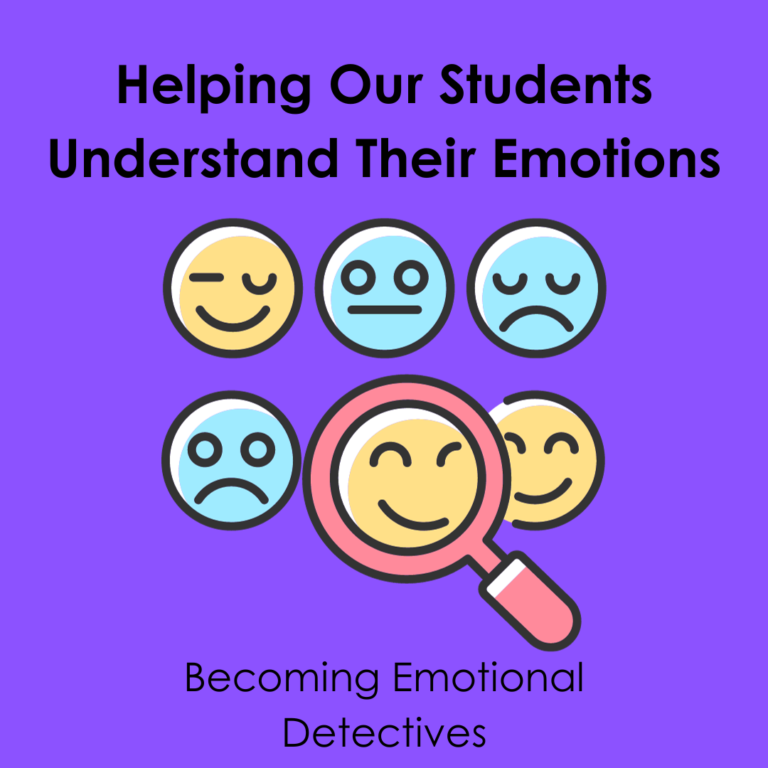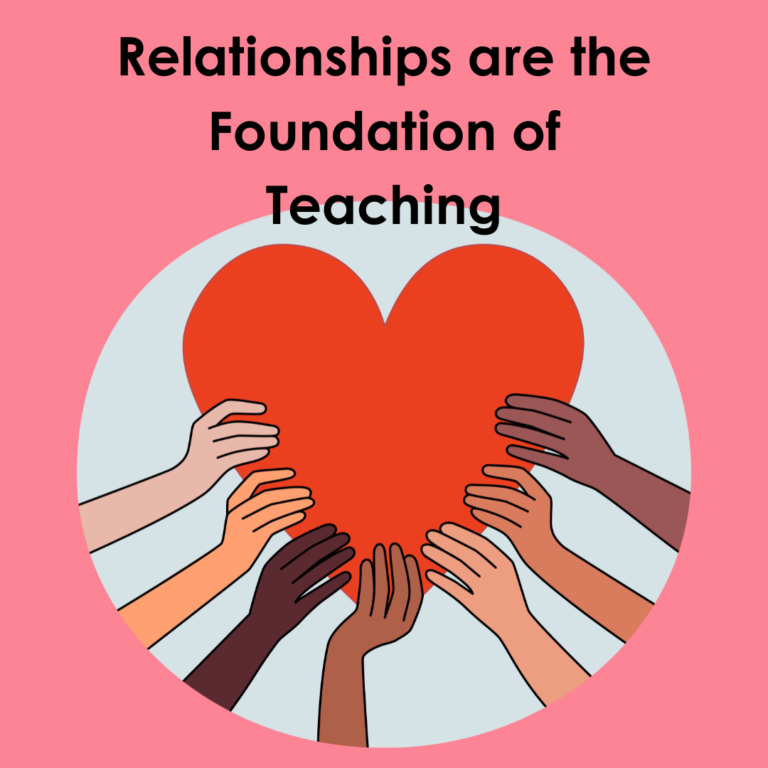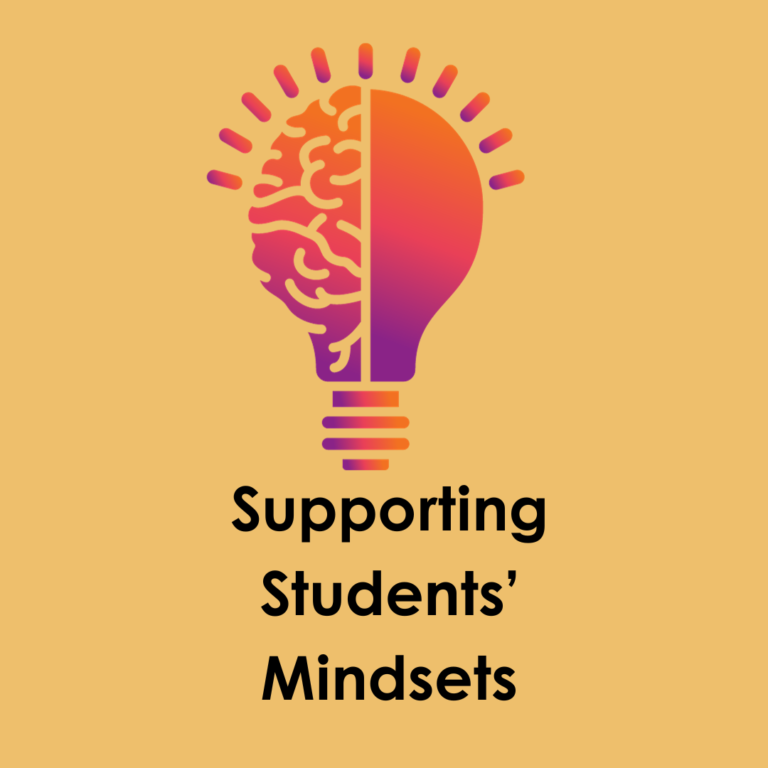Set the Temperature of your Classroom
Now that you have made the commitment to create balance in all of your roles, let’s talk about creating that balance for our students in our classrooms. As educators we set the temperature for our classrooms. This time of year, educators experience a variety of emotions. We feel overwhelmed, anxious, and excited about the start of the year. We also mourn the freedom of summer. Our students are feeling the same. While they are excited to see their friends and teachers, the thought of early mornings and eating on a schedule can feel stressful. Let’s view this year as a gift. We are gifted with the opportunity to welcome our students with excitement and joy for the year ahead. Our first meeting is the most important. Take a moment and reflect on how you greet your students for the first time.
Do they feel your excitement?
Do they feel as though you have been waiting for this moment?
What do you do so that they are excited to come back?
We are not implying you put on a show or provide them with the best “pinterest” gifts, but rather leave them with that feeling inside that they were meant to be in your classroom.
Getting to know your students is THE priority. Brandon Flemming, author of Miseducated, talks about learning how to love his students before he could learn how to teach them. He would do this by asking questions… What are you interested in?… Do you have hobbies?…. Who’s in your Family? Do you have a favorite type of music? This is a great way to prioritize their humanity over our academic agenda. It’s our job to meet our students where they are socially, emotionally and academically. It is not their job to come to us. We must make ourselves willing and available to truly know our students.
In addition to knowing our students, our kids also need the predictability of having consistent routines. These allow most students to be successful academically and behaviorally. Examples of universal supports that allow most kids to be successful are…
- Clear expectations, goals, routines and directions
- Appropriate instructions (can the students access the information?)
- Signals (countdowns, call and response, etc)
- Say what you want to see
- Positive feedback and encouragement
- Quiet corrections (not drawing attention or shaming)
- Schedules
Take the time to consider how starting the year will create a positive experience for ALL students. You won’t regret the intentional time you take to create community. Be the educator that truly sees and knows their students. They deserve it, and so do you.
Confidence Coaches 4 Kids are educational consultants. To serve students, we support educators in the following areas: Effectively building trusting relationships; and Integration of Social and Emotional Learning in all content areas; and Engaging instructional strategies.





